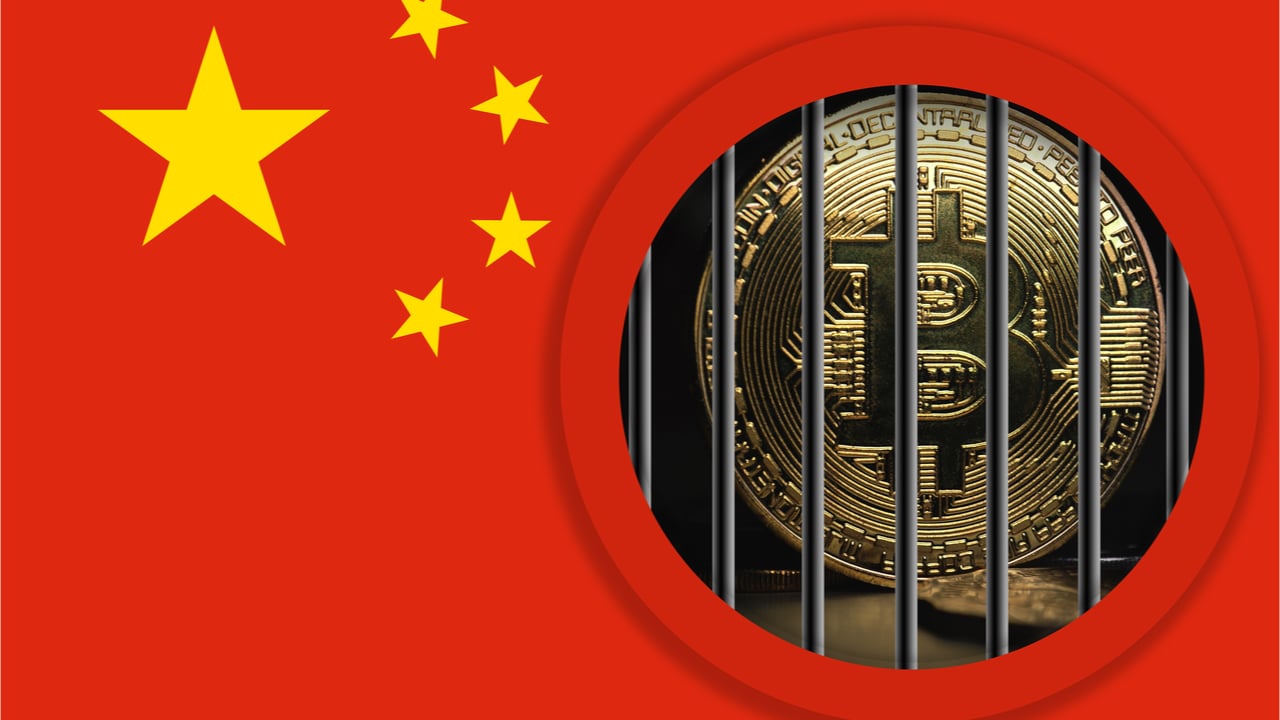
An op-ed article published in the state-backed Chinese publication Economic Daily, has suggested that the recent crash of the Terra blockchain’s LUNA and the de-pegging of the UST stablecoin vindicate the Asian country’s decision to ban crypto-related activities. In the article, the author names the interest rate hikes by the U.S. Federal Reserve and the buying and selling of crypto assets by several investment giants as the causes of the recent market crash.
Impact of Recent US Interest Rate Hike
An author writing for China’s state-backed publication, Economic Daily, has argued that the recent crash of Terra’s LUNA and the de-pegging of the UST stablecoin vindicates his country’s decision to block or prohibit virtual currency-related activities. The author, Li Hualin, also claimed that China’s “decisive” and “timely” action helped to “extinguish the ‘virtual fire’ of virtual currency speculation and put ‘protection locks’ on investors’ wallets.”
As reported by Bitcoin.com News, Terra blockchain’s native token LUNA’s troubles started after the network’s other project, the algorithmic stablecoin UST, lost its peg against the U.S. dollar. Initial efforts to rescue the stablecoin precipitated the native token’s plunge from a price of over $87 on May 4, 2022, to a current price of just under $0.0003.
While some crypto experts have placed the blame for the token’s crash on the actions of the project’s leader, Do Kwon, in the opinion piece, the Chinese author appears to attribute the token’s fall mainly to the raising of interest rates by the U.S. Federal Reserve. Explaining how the rate rise caused the token to plummet, the author wrote:
Since the beginning of this year, the Federal Reserve has launched an interest rate hike cycle, and global liquidity has tightened. Especially in early May, the Federal Reserve raised interest



